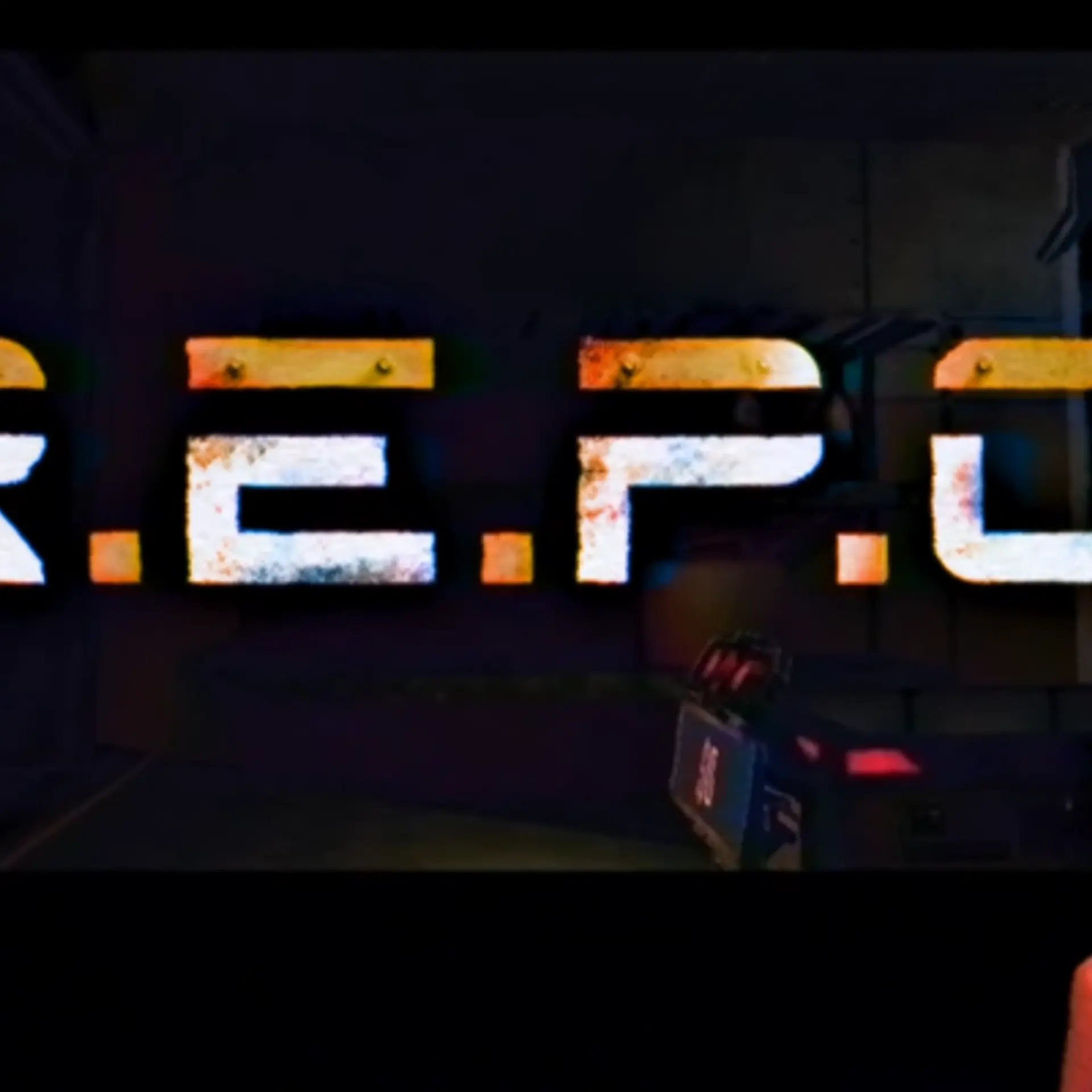Three things 'socents' do which MNCs and governments don’t while selling to the BOP
CK Prahalad took the business world by storm when he published his book The Fortune at the Bottom of the Pyramid in 2004, where he talked about the immense potential of doing business with the world’s 2.5 billion poor people, who live on less than $2.50 per day. As with any new path-breaking business concept, several multinational corporations instantly lapped it up and introduced products to chase profits from this huge and untapped market segment. It’s been a dozen years now and the profit is still elusive to many corporations barring a few. “I haven’t seen anyone making a fortune. Partly that’s because doing business with the poor is unavoidably complex, and partly that’s because the notion was oversold,” says Mark Milstein, Director of the Center for Sustainable Global Enterprise at Cornell’s business school and an expert on the Bottom of Pyramid (BOP). With 80 percent of its population in BOP, India houses one of the largest BOP market in the world, comparable only to China. Consulting firm Monitor Group conducted an extensive survey of 270 market-based solutions in India and found out that ‘only a small handful’- mostly well-known like the Grameen Bank and Aravind Eye Care, attained sufficient scale to transform a business model into a solution for the poor. Ironically, both these organisations are nonprofits. Clearly, there are some key aspects of selling to the BOP that big corporations have not understood or implemented. On the other hand, several emerging social entrepreneurs (socents), with a blend of passion for social good and temperament for sustainable profit creation, are making a dent on this underserved and underestimated market segment.
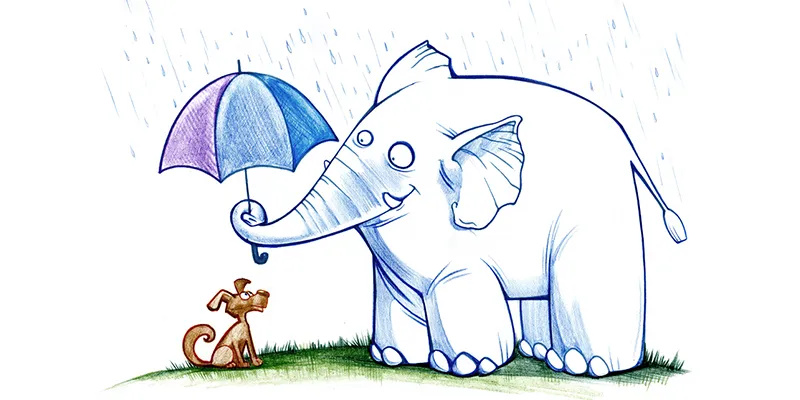
Over the period of last one-and-a-half years, through my project ‘One Life, One Passion’, I have had the opportunity to personally interact with many socents and discuss with them their challenges in selling to the BOP. There are three key aspects that all of the socents display when selling to BOP. Here’s a lowdown.
i) Creating and showing value
Selling to BOP is considered very complex, since most corporations, and non-governmental organiations (NGOs) and even the government still apply conventional principles and notions of selling. A large part of this problem is the thinking that the poor will buy anything as long as that’s cheap or doled out as a freebie. Charity does more harm than good and cannot be advocated as a sustainable model of doing social good. It is more often than not a one-time handout and fails miserably in maintaining its long-term usability. Even big corporations get it wrong.
Take for example Unilever’s commercially successful whitening cream ‘Fair & Lovely’ sold to the BOP in affordable pack sizes. Instead of addressing a positive social goal of healthcare or nutrition, this product catered to a superfluous lifestyle desire to look fair. This misplaced understanding of the BOP by NGOs and corporations is a threat to social entrepreneurs who are trying to design and sell utility-based products and services since people get inured to freebies and less useful products and services.
- Primary thrust of a socent’s efforts emanates from thoughtful consideration of BOP’s needs and motivations. For-profit enterprises recognise that value can be created by offering basic products and services that alleviate daily living conditions and give affordable and sustainable access to healthcare, clean energy, education, water and sanitation, livelihood and housing. They do not consider BOP as a monolithic segment but one that comprises several segments with differing needs. Says Koushik, Co-founder of SustainEarth, “A dairy farmer with many cows in his shed will buy a biogas plant from us if it can help him save money on expensive LPG. Whereas, a landless farmer will buy our product if it can help him generate income through sale of bio-fertilizer discharged from the plant.”
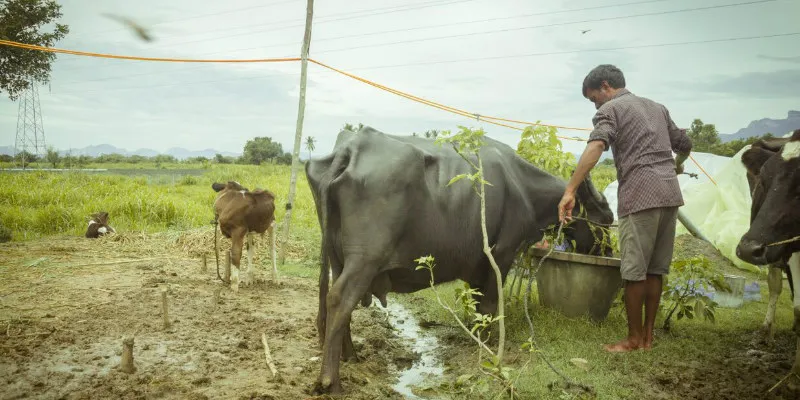
- Contrary to conventional thinking, BOP customers want quality products, albeit priced affordably. This entails innovating products and services with a design-thinking perspective, in order to address their long-term needs. “We provide a sturdy battery box along with our solar product so that it can be easily mounted anywhere. Also we offer them protection plan that allows them a maintenance service on-demand thus helping them get maximum value on their purchase” says Bhushan of Piconergy.
- Socents understand that paying ability of BOP most often varies through the year. Most rural populace doesn’t have a regular monthly income. However, they are full of cash after a good harvest season and thus have ability to pay if pitched correctly then.
ii) Getting the unit economics right
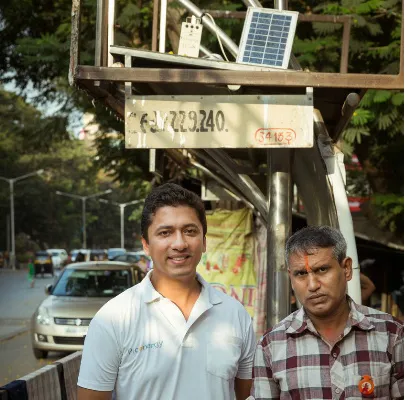
BOP consumers are most often subjected to ‘poverty penalty,’ wherein they pay much more than general consumers albeit for low quality or grossly inadequate products or services. Take the example of Mhadey, a slum-dweller in Northwest Mumbai. He has to fork out Rs 800 every month to light up his entire house through a single light bulb. This is primarily because he is outside of the grid and has to rely on unscrupulous local slumlords. Consider another example of people in drought-hit rural Maharashtra. They don’t have access to clean water and have to rely on profiteering suppliers who charge them Rs 1,200 for a tanker- three times the cost of pumping water from a borewell. This phenomenon combined with perpetual low incomes adversely affects the purchasing power of BOP consumers and makes them highly price-sensitive. Clearly, any BOP-targeted solution needs to be a low-price, low-margin, and high-volume product or service. However, this is far from easy. Given the lack of physical and financial infrastructure in areas where BOP consumers reside, the cost of making such a solution available to them leads to prohibitively higher costs. Further, suppliers and vendors don’t offer special pricing or discounts to socents who make products for the BOP.
Early adopters and impact investors typically help socents offset initial product development costs. However, one of the biggest strengths of socents is their knowledge of customer behaviour and their ability to strike partnerships with grassroot-level NGOs, self-help groups and micro-finance institutions. They realise that in order to sell their products they need to offer financing mechanisms to BOP consumers and have them pay in manageable installments, than pay upfront. This significantly bolsters BOP consumers’ ability to buy. Some socents like Narayana Hrudhyalaya cross-subsidise by charging market prices to well-off consumers to be able to offer low prices to the needy. Thus, socents’ understanding of micro factors that elicit BOP purchases trumps the brute scale-and-pricing power of corporates.
iii) Building trust
Given the history of feudalism, imperialism and government apathy in India, most BOP consumers are predisposed to be suspicious of big businesses and government policies alike. Many a times, they are sold or donated low-utility products and services that lack on-demand support. Vast rural populace in India don’t have access to clean fuel and government’s efforts of subsiding biogas to address this problem have failed miserably. Lack of technical support, high product failures and labour and time-intensive construction techniques have earned biogas a bad name. Now, a social startup called SustainEarth is trying to solve this challenge by winning back the trust of rural folks through their new-age biogas. One of the ways they do this is by partnering with credible local partners who provide them distribution reach to their target group.
Trust is the biggest currency when selling to the BOP consumers. Most of them are not highly educated, don’t travel beyond local district, hardly access digital media and don’t get swayed by lofty claims of advertisers. Instead, live product demos at social hangouts like the nukkad (meeting place), convincing village and community leaders, spreading word of mouth by training postmen or local youth to speak about a product or service are some of the smart techniques socents regularly employ while selling to their target consumers. Hyderabad- based social startup NanoHealth employs local women community health workers to take the reach of healthcare to the doorstep of BOP families.
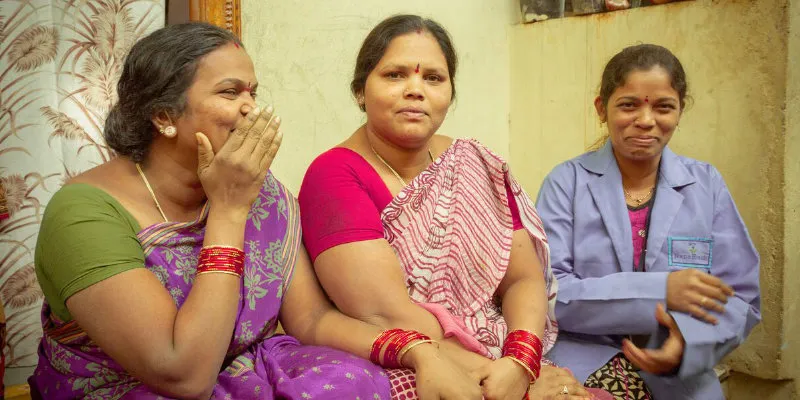
Socents understand that more the number of times BOP consumers see their staff in person, the more trust they build with them. Spending time with the community is the key to unlocking sales to BOP. Big corporates lose out on this important aspect due to their scale-oriented institutionalised sales processes.
BOP market is significantly different to a general mass market and socents have inherent advantage over big corporates when selling to them because of the value they create, their unit economics and the trust they build. Clearly, a case of David taking on the Goliath.
(picture credits- Rohan Potdar)
(Disclaimer: The views and opinions expressed in this article are those of the author and do not necessarily reflect the views of YourStory.)




